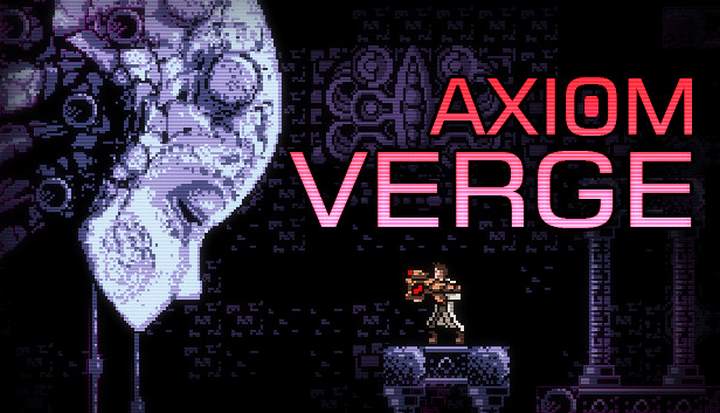


After getting a Hookshot you might remember a strange gap you couldn't reach before in the starting area that hides the secret to your next progression hurdle. Metroidvanias allows the player access to a limited region and through the acquisition of equipment or abilities expands the world, naturally presenting players with new obstacles and challenges. It's satisfactory in RPGs to see your characters grow and do more damage, but Metroidvanias like Axiom Verge 2 really get to show this off. By the end of my playthrough I could basically force my way through anything in true late-game Metroid fashion.One aspect of games that I love is the growth that characters can have over the course of the story. Whereas Axiom Verge was Super Metroid with slightly more combat, this is Super Metroid with slightly less.īoth have a pretty bad first hour or two where enemies wreck your shit but it really emphasizes how powerful you become later on, which imo is a very important trait for Metroidvanias to have. It was probably a mistake to even say this game has boss fights it's a pretty pure exploration game with some optional combat challenges for you to do for power ups. It's been a while since I played the first one, but I think the games are actually quite similar.īoth are unabashed Metroidlikes and if you're looking for a more Vania-y experience you might have a bad time. As long as he wants to make these games, I'll buy them.įinished it tonight! About 80% item completion and 95% map in about 9 hours. What the fuck is even happening in this universe(s)? It's honestly a pretty ambitious and high concept story for a pixel-art metroidvania, and I applaud Happ for even attempting it. I thought the ending and credits/post-credits scene (unsure if this was 100% only like the first game) were pretty satisfying and have a ton of implications for the overall story. Trying to think about the overall timeline (if there is such a thing) is a trip.

There's a ton of environmental storytelling in the architecture and enemy design of both games. There's just a lot of stuff that isn't explicitly laid out to the player. The plot isn't quite as convoluted as it appears, although it's still some wild shit. I love the story in these games and think the concepts are fascinating, and while this one's main plot wasn't as tense or immediately gripping as AV1, there's a lot of interesting lore pieces hidden away in the notes that provide a bunch of context. I love the soundtrack to bits and this is one area where I really don't agree with any of the criticisms. Music is mostly great as in the first game - the main menu theme has serious earworm potential and Uhrum Valley's music is a straight up JAM. That was my main damage dealer for almost the entire game. You can throw it and hit it on the way back with your axe to pinball it back and forth at enemies - it basically shreds everything. The boomerang is not useless, like at all. I do miss the huge variety of weird guns but I suspect they were ditched because everyone just used Kilver (and also narrative reasons). And there are maybe one too many traversal items and not enough weapons. It's a little unfocused, just like AV1 tbh. I always knew there was something I'd missed - the game is a labyrinth and there were a lot of things I blew past on my initial run through each area, but once you get the hang of traversal with the drone combined with fast travel (a godsend) it's easy enough to get where you want to go fairly quickly.

I didn't get softlocked once, or even suspect it was possible. Maybe a bit less than the first one, but it's still really good.


 0 kommentar(er)
0 kommentar(er)
